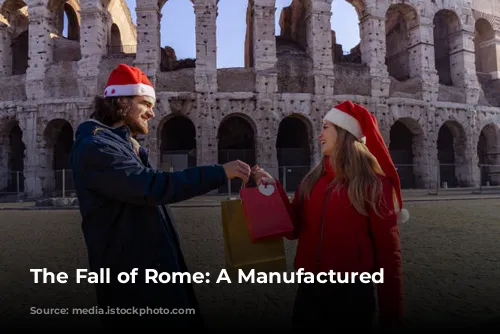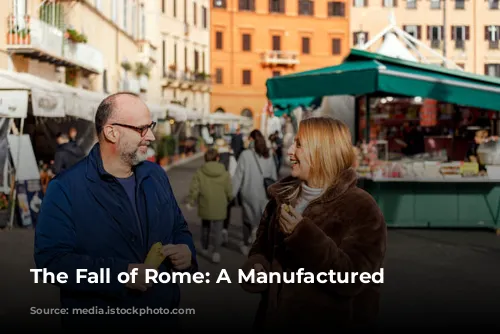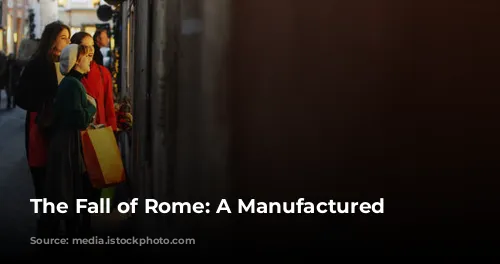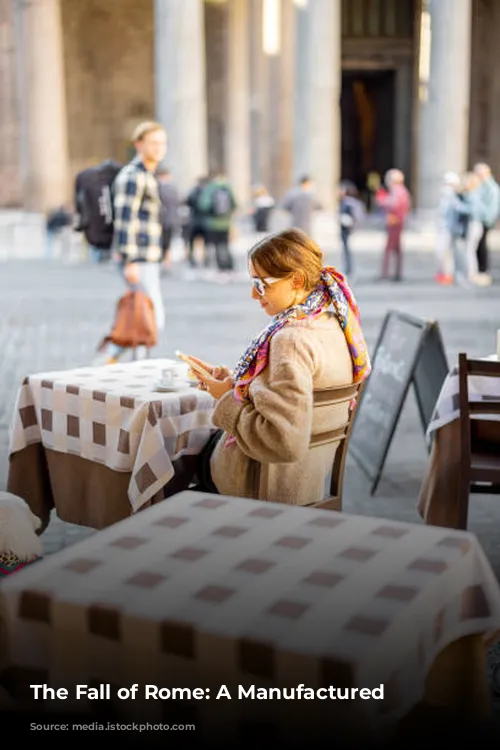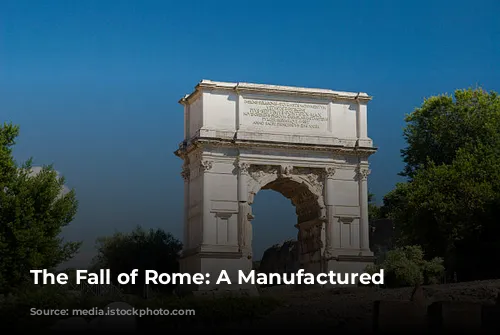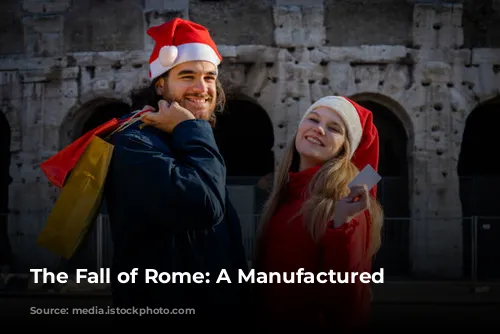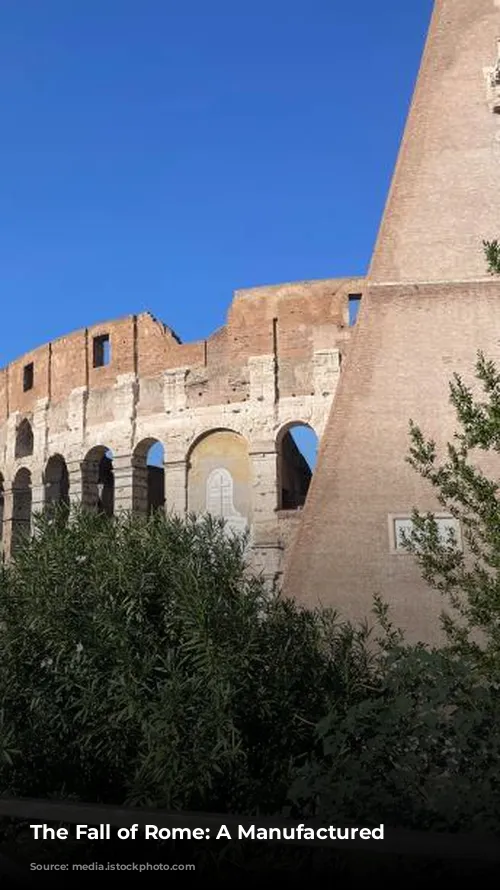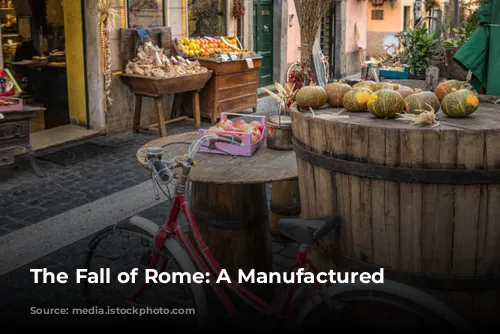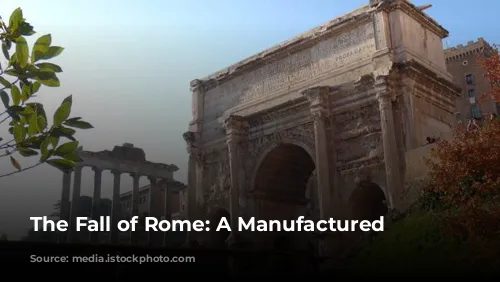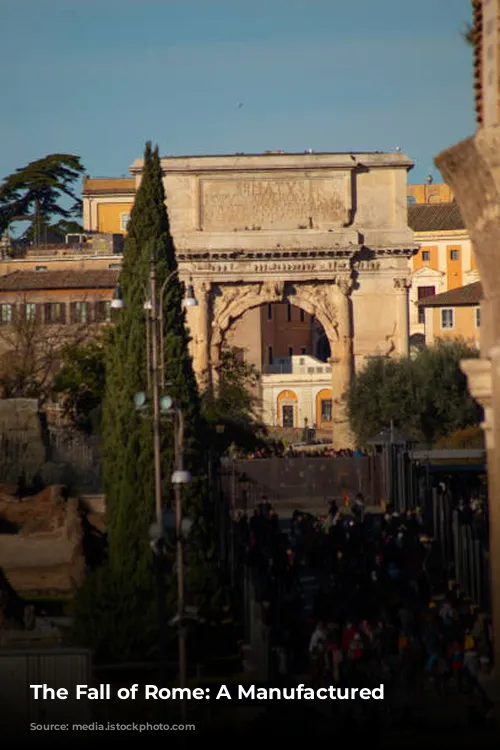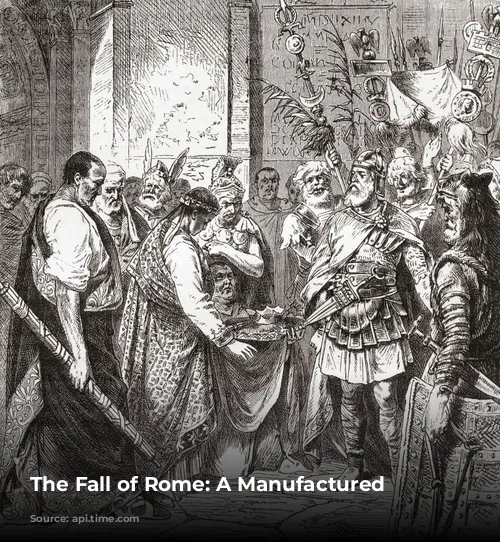We all learned in school that the Western Roman Empire collapsed in 476 AD. But did you know that this historical turning point wasn’t actually recognized until almost 50 years later? The truth is, the fall of Rome was invented as a justification for a devastating war, and its impact continues to shape our understanding of history today.
It’s amazing how a single event can become ingrained in our collective memory as a defining moment, even if it wasn’t necessarily perceived that way at the time. The story of Odoacer, the barbarian commander who forced the young emperor Romulus Augustus to resign, was just another power shift in a tumultuous era for the Roman Empire. Between 455 and 476, the Western Roman Empire saw nine different emperors rise and fall, many of them overthrown by barbarian leaders. In fact, there were even periods where the empire was left without an emperor for extended periods.
Even though Odoacer took control of Rome, life continued largely as it had before. The Senate met, Roman law was still in effect, and the army continued to defend the empire’s borders. The coins Odoacer minted even featured the busts of the Eastern Roman emperors in Constantinople. This suggests that the Roman government continued to operate in a relatively stable manner, even under barbarian leadership.
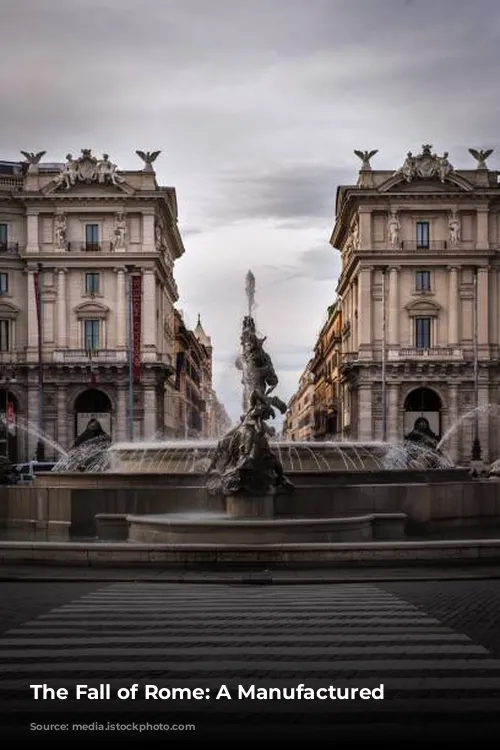
A Resurgence Under Gothic Rule
When Theoderic, another Gothic king, defeated Odoacer in 493, the Roman Empire experienced a brief resurgence. Theoderic proved to be a skilled leader and his armies achieved military victories in modern Croatia, Serbia, and France. He even established Spain as a protectorate. Italy also saw a period of economic and cultural renewal during Theoderic’s reign, with repairs made to churches and public buildings, including the Colosseum.
The Italian people of this era weren’t focused on the end of Roman rule; they were celebrating its revival. Bishop Ennodius of Pavia spoke about how Theoderic had cleansed Italy, bringing back the culture and prosperity of the Roman Empire. He even compared Theoderic to Alexander the Great, claiming that he had sparked a new Golden Age.
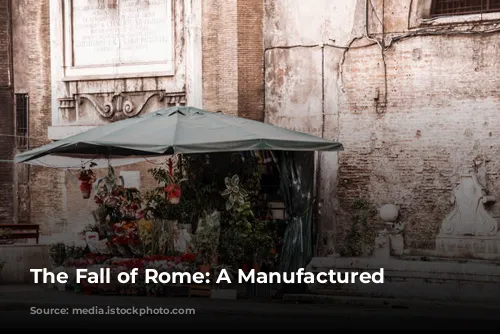
The Invention of the Fall of Rome
So, how did Odoacer’s coup, which marked the beginning of this Roman resurgence, come to be seen as the fall of Rome? The answer lies in Constantinople, the capital of the Eastern Roman Empire. As the Western Roman Empire gained strength under Odoacer and Theoderic, relations between the two empires deteriorated. By the time of Theoderic’s death in 526, tensions between East and West were high, and the Eastern Romans began contemplating an invasion of Italy.
It was in this context that Marcellinus Comes, a Constantinopolitan chronicler, wrote his history of the Roman Empire. His work, published in the late 510s, was the first to claim that Rome fell in 476. Marcellinus described Odoacer as the “king of the Goths,” a deliberate fabrication to justify an Eastern Roman invasion. Theoderic was a Goth, and the Eastern Romans saw this as an opportunity to regain control of Italy, which they believed rightfully belonged to them.
Marcellinus’s work was heavily influenced by Justinian, the future Eastern Roman Emperor. Marcellinus served as Justinian’s aide and was later rewarded with honorific titles after the publication of his Chronicle. Justinian’s ambitions for restoring the Western Roman Empire are clearly reflected in Marcellinus’s work, which served as a powerful piece of propaganda.
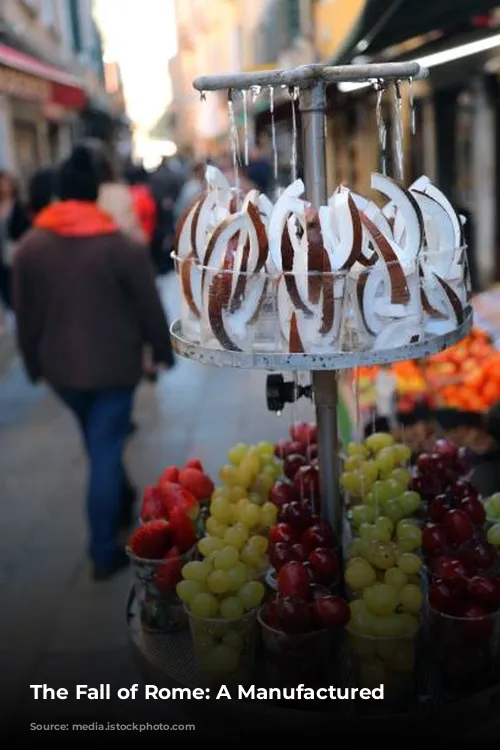
The Consequences of a Manufactured Fall
Justinian’s ambitions led to the Eastern Roman invasion of Italy in 535. He justified the war by claiming that the Goths had stolen Italy and refused to return it. Justinian’s troops captured Rome in 536, and his official historian Procopius proudly declared that Rome had “become subject to the Romans again after a time of 60 years.” The choice of 60 years was not accidental; it marked the period since Odoacer’s coup, further solidifying the narrative that Rome had fallen in 476.
However, Justinian’s invasion was a costly one. The war raged for nearly 30 years, devastating Italy and its cities. The city of Rome was repeatedly captured and recaptured, its population drastically reduced. Milan, once Italy’s second-largest city, was completely destroyed. The Eastern Roman Empire had “reclaimed” Italy, but at a terrible cost. It was this devastation that led later historians to look back and identify the fall of Rome with Odoacer’s coup, echoing the narrative that Marcellinus had established centuries earlier.
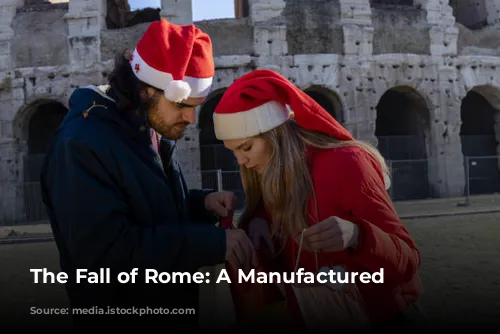
A Misinterpreted History
The manufactured fall of Rome in 476 has had a significant impact on our understanding of history. It painted a false picture of Rome’s decline, leading to the perception that barbarian armies were the ultimate cause of the empire’s downfall. But the real culprit was Justinian’s invasion, fueled by a fabricated narrative and a desire for imperial expansion. The story of Rome’s fall became a cautionary tale about the dangers of internal weakness and barbarian threats, but it was a misinterpretation of the actual events.
By recognizing the true circumstances surrounding the fall of Rome, we can begin to understand the dangers of manipulating history to justify actions in the present. History is a powerful tool, and it can be used to shape our understanding of the world and influence our decisions. It’s important to critically examine the narratives we are presented with and to be aware of the biases and motivations that may lie behind them. The story of Rome’s fall is a reminder that history can be rewritten, and its consequences can be far-reaching.
